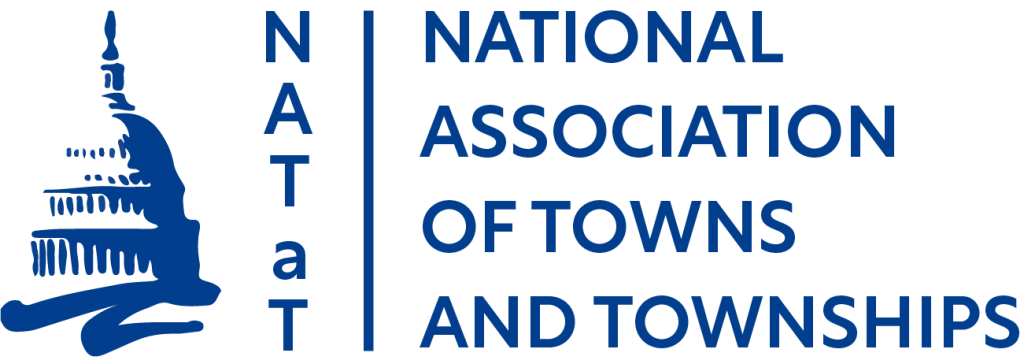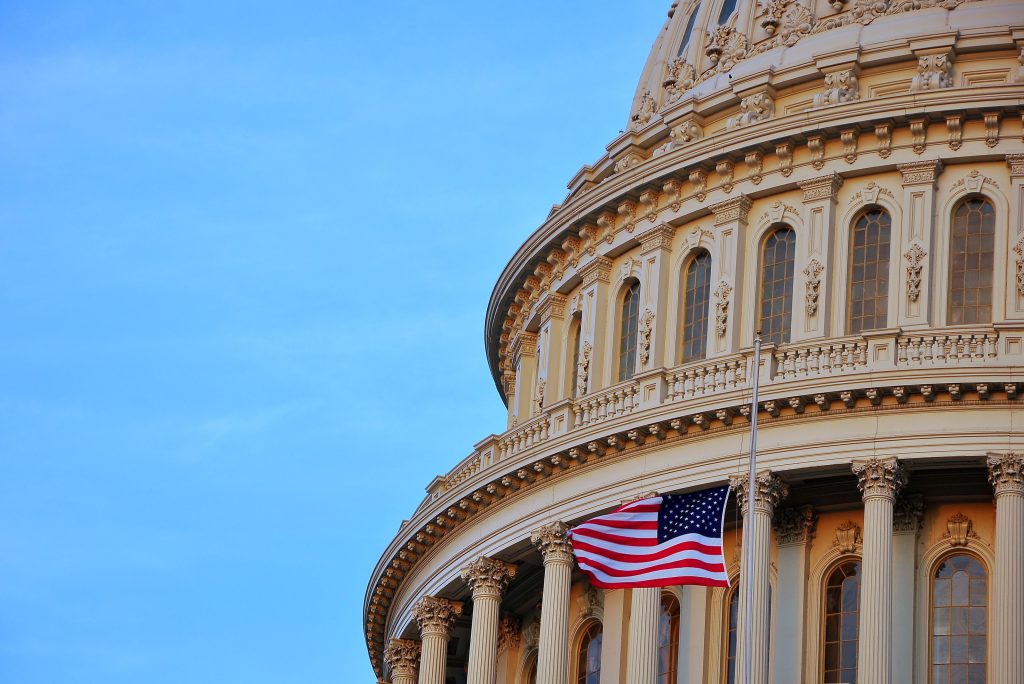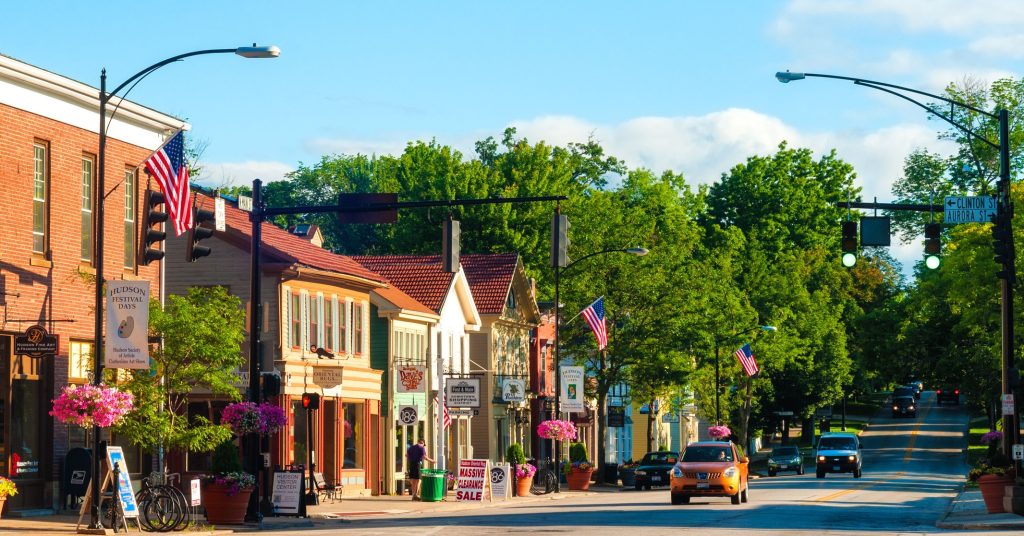FAST Act Reauthorization
The current surface transportation authorization law (FAST Act, P.L. No. 114-94) runs through September 30, 2021). As Congress works on FAST Act reauthorization, NATaT has four priorities:
- Enact a six-year surface transportation bill that directs more funds to local decision-making authorities.
- Increase federal assistance for off-system bridges.
- Ensure that any move to vehicle miles traveled (VMT) fee to help fund transportation infrastructure takes into account the lack of transportation alternatives for rural communities.
- Restrict the flow of larger, heavier trucks on our roads and bridges.
Direct Funds to Towns and Townships
In FAST Act reauthorization, NATaT requests that federal transportation funds be directed to local decision-making authorities, not just state departments of transportation or metropolitan planning organizations. Otherwise, those funds will never reach towns and townships where the roads are managed.
Towns and townships only receive federal surface transportation funding if they are recipients of a competitive grant award. However, in many states, towns and townships manage more miles of road than any other government entity. NATaT wants to ensure that our nation’s smallest communities (less than 5,000 population) can access Surface Transportation Block Grant (STBG) funds and use them on local roads. Currently, STBG funds are available to communities with less than 5,000 population, but only for use on roads that are functionally classified as “rural minor collectors.”
Increase Federal Funds for Off-System Bridges
In the last two transportation reauthorizations, NATaT successfully advocated maintaining a 15 percent set-aside to fund off-system bridges. These are bridges that are generally owned by local governments and are not on the Federal-Aid Highway System. This set-aside helps local governments repair and rehabilitate structurally deficient bridges that are unable to accommodate the demands of today’s traffic. NATaT supports increased funds for bridge repair and replacement in FAST Act reauthorization and other transportation/infrastructure spending bills.
Address VMT Concerns
As federal receipts into the Highway Trust Fund continue to decline, federal policymakers are considering ways to fund the national transportation system. One mechanism is a “vehicle miles traveled” (VMT) fee. NATaT is concerned that a VMT fee would impact rural drivers proportionally higher than others. Studies have shown that a per-mile VMT fee of between five cents and 25 cents would increase the daily work trip costs for low-income rural residents between $2.80 and $14 per day. NATaT wants to ensure that any effort to impose VMT fees considers the limited transportation options for rural residents and the resulting need to use their vehicles to access work and daily services. In addition to a fair VMT model, NATaT would support an examination of the following revenue raisers for reauthorization:
- Raise the federal gas tax and index it to inflation
- Replace the existing per-gallon tax with sales tax on the cost of fuel
- Introduce a per barrel of oil fee
- Introduce a federal vehicle registration fee
- Introduce a federal tax on rental cars
- Introduce a federal tax on automobile parts and vehicle maintenance
Oppose Heavier, Larger Trucks on our Roadways
There are efforts in Congress to increase the national truck weight limit on the federal highway system to 97,000 pounds (an additional 17,000 pounds to existing truck weight) and another proposal calling for longer double-and triple-trailer trucks. NATaT opposes these efforts as larger, heavier trucks imperil road safety and severely impact our already weakening infrastructure, especially on local roads and bridges where these vehicles ultimately travel.
To learn more, download the full policy paper.






